Creative
Ways to
Teach the
Mysteries
of History
Volume 1
Ron H. Pahl


Published in the United States of America
by Rowman & Littlefield Education
A Division of Rowman & Littlefield Publishers, Inc.
A wholly owned subsidiary of The Rowman & Littlefield Publishing Group, Inc.
4501 Forbes Boulevard, Suite 200, Lanham, Maryland 20706
www.rowmaneducation.com
PO Box 317
Oxford
OX2 9RU, UK
Copyright 2005 by Ron H. Pahl
All rights reserved. No part of this publication may be reproduced, stored in a retrieval system, or transmitted in any form or by any means, electronic, mechanical, photocopying, recording, or otherwise, without the prior permission of the publisher.
British Library Cataloguing in Publication Information Available
Library of Congress Cataloging-in-Publication Data
Pahl, Ron H., 1943
Creative ways to teach the mysteries of history / Ron H. Pahl.
p. cm.
Includes bibliographical references.
ISBN 1-57886-250-7 (pbk. : alk. paper)
1. HistoryStudy and teaching. 2. HistoryStudy and teachingActivity
programs. I. Title.
D16.25.P26 2005
907'.1dc22
2004030973
 The paper used in this publication meets the minimum requirements of American National Standard for Information SciencesPermanence of Paper for Printed Library Materials, ANSI/NISO Z39.48-1992.
The paper used in this publication meets the minimum requirements of American National Standard for Information SciencesPermanence of Paper for Printed Library Materials, ANSI/NISO Z39.48-1992.
Manufactured in the United States of America.
Comments by Educators
about the three volumes of Breaking Away from the Textbook: Creative Ways to Teach World History by Ron Pahl [also published by Scarecrow Education].
Highly acclaimed series.
Aaron Willis, Social Studies School Service
These books should be placed in the hands of all social studies teachers. It will result in I love history and social studies.
Vivian Sherman, Culver City, California
I teach seventh and eighth grade world history at the New School of Northern Virginia in Fairfax, VA. I was delighted to use Breaking Away from the Textbook last year in teaching the Renaissance and the Enlightenment! At our school, we emphasize a skills-based, multiple intelligences approach to education, so I very much appreciated the wide range of activities you present for each topic. Next year Ill be teaching the pre-classical through the medieval periods, and I look forward to using your books again.
Alan Villarreal, Fairfax, Virginia
I liked your Breaking Away from the Textbook series so much, I got my principal to buy it for each member of my high school history/social science department.
Larry R. Osa, Calexico, California
Participation by students is emphasized in the Breaking Away from the Textbook series using user-friendly and evocative sources that provoke lively class discussions and debates rather than boredom.
Jack Zevin, New York
Wow, I read all three volumes. I know of no other material that provides the insights, the factual information, and the opportunity for students to integrate their learning with their own real-life experiences. These volumes are absolutely on target for secondary school students.
Bette Harrison, Assistant Superintendent
San Bernardino County Schools, California
Contents
Acknowledgments
This work could not have been done without my wife, Jarvis, and my two grown children, Mothusi and Leloba. Many others have also tested the lessons of this volume in their classes, proofread different sections of the book, and made invaluable suggestions to greatly improved the quality of Creative Ways to Teach the Mysteries of History, Volume 1. Also not to be forgotten are the many teachers and student teachers who tested, commented on, and corrected many items in this volume.
Preface
The purpose of Creative Ways to Teach the Mysteries of History is simpleto make the teaching and learning of history a powerful and enjoyable experience in the classroom. All too often our students tell us that history is the most boring subject they have at school. The intent of this series of Lesson Pacs is to change the image of history for both teachers and students. From the size of this volume, you can tell it is not a comprehensive history guide nor is it a text heavy into theory. Instead, this book focuses on the following:
 A wide variety of active teaching ideas for history.
A wide variety of active teaching ideas for history.
 A large number of ideas on how to get students excited about history.
A large number of ideas on how to get students excited about history.
 How-to-do-it brainstorms for teachers who know they need help.
How-to-do-it brainstorms for teachers who know they need help.
 Neat ways to have students grapple with the major problems and issues humanity has faced throughout history.
Neat ways to have students grapple with the major problems and issues humanity has faced throughout history.
 Innovative ways to help students see the relevance of major people, events, and ideas of the past to our lives today.
Innovative ways to help students see the relevance of major people, events, and ideas of the past to our lives today.
Simply put, the purpose of the book is to make history fun. And what can be more fun than teaching students about some of the great mysteries of history? Teachers and students can select all or parts of the historical mysteries of the enclosed lesson pacs in this volume to enhance their study of a particular historical person, event or idea. Personal choice from a wide variety of different activities is a key feature of Creative Ways to Teach the Mysteries of History just like the three volumes of Breaking Away from the Textbook: Creative Ways to Teach World History available also from Scarecrow Education.
This volume, however, is not for everyone. Teachers who should not use this volume are the following:
 Teachers who do not like historical mysteries!
Teachers who do not like historical mysteries!
 Teachers who enjoy boring their students with endless lectures!
Teachers who enjoy boring their students with endless lectures!
 Teachers who believe that their students must memorize every name and date in their textbook.
Teachers who believe that their students must memorize every name and date in their textbook.
 Teachers who demand a quiet classroom with students reading their textbook, filling in the blanks of worksheets, and answering the questions at the end of the chapter.
Teachers who demand a quiet classroom with students reading their textbook, filling in the blanks of worksheets, and answering the questions at the end of the chapter.
A word of caution, however, should also be made. Reading the textbook is important. The active learning strategies presented in this book are not meant to discourage reading. Rather, these strategies are designed to get students turned-on to the ideas, problems, and mysteries humans faced throughout history. Students who are interested in the subject are going to want to read the text and other sources of history. These turned on students are going to want to read more, write more, and think more about how to solve the major mysteries and problems we have faced throughout history.
In these opening years of the 21st century, all of us are facing information overload. The amount of information in the world is doubling every year. The need now is


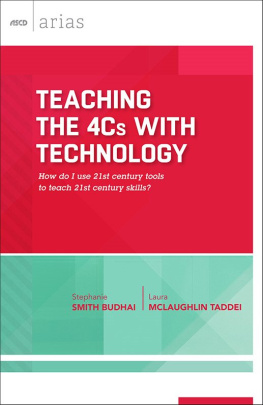
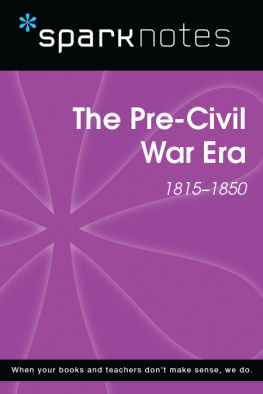


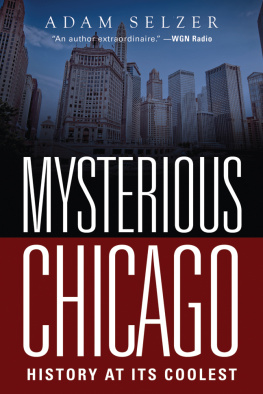
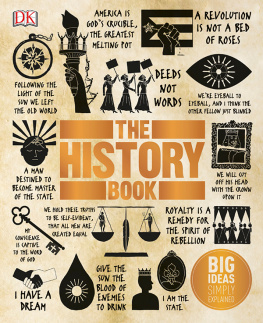
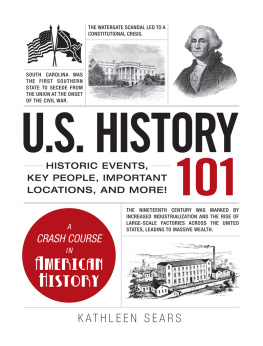



 The paper used in this publication meets the minimum requirements of American National Standard for Information SciencesPermanence of Paper for Printed Library Materials, ANSI/NISO Z39.48-1992.
The paper used in this publication meets the minimum requirements of American National Standard for Information SciencesPermanence of Paper for Printed Library Materials, ANSI/NISO Z39.48-1992. A wide variety of active teaching ideas for history.
A wide variety of active teaching ideas for history.